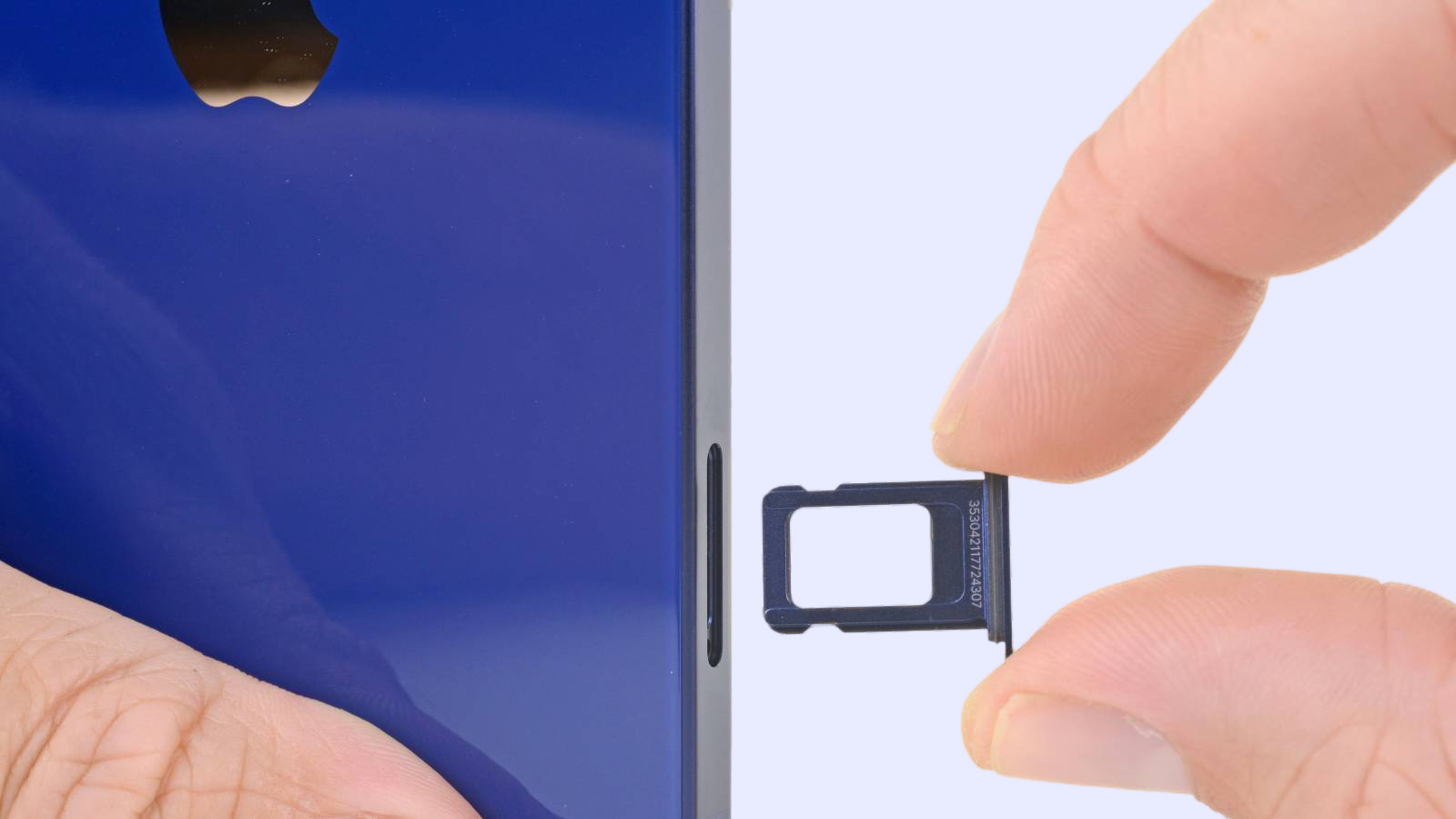I was pleasantly surprised that the iPhone could 'keep' multiple eSIMs.
I live in country A with an esimA. I traveled to country B and got a temporary esimB.
Coming back to country A, I could just 'swap' my eSIM to esimA, and just remove (delete) esimB.
I was honestly surprised I could have multiple eSIMs available on the phone an pick out of them which to use.
I'm not sure how many eSIMs the phone can keep, but I found I was really happy with the convenience eSIM provided.
I'm all for eSIM only, as soon as enough countries support it.
eSIM is a lot less secure as it cannot be used to authenticate a real human being.
You have to associate your phone number and the SIM card to a national ID card in China. In the process, you have your biometrics taken. So, having a SIM card basically means you have a digital ID card in China for online use. It's one and only, no one can misrepresent you or a Chinese citizen. It's used for banking authentication and everything. If some app or phone company can just issue new numbers or floating Chinese numbers to anyone, it will compromise the secured system. It will also obfuscate the real identity behind the phone number. Since the initial activation doesn't require mailing of the physical SIM, it allows for remote activation out of the country, which invites scammers in SE Asia, and this is a real organized fraud problem.



